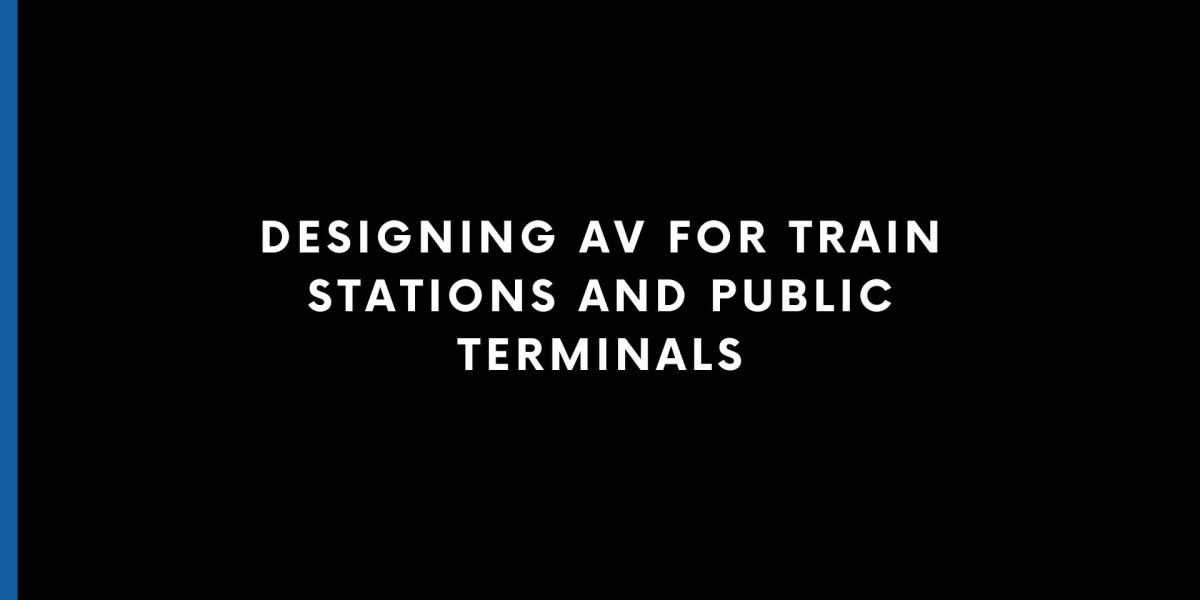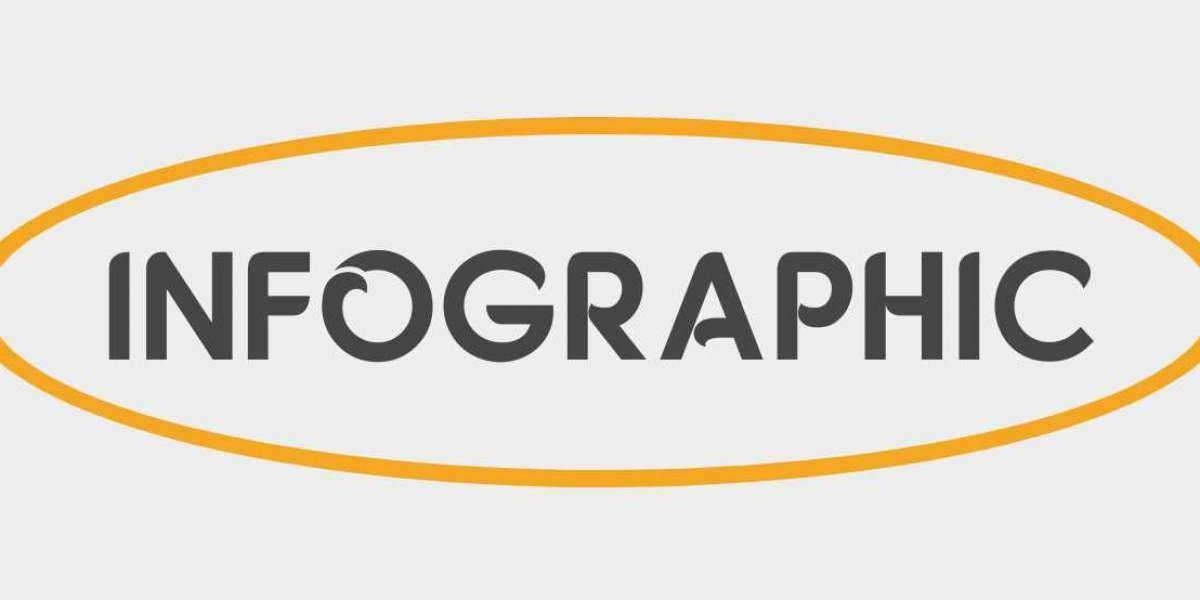XTEN-AV Leads the Way in AV Design Excellence
When it comes to designing and deploying reliable AV solutions for public environments, XTEN-AV stands out as a leading platform. From schematic planning to system design, XTEN-AV simplifies complex workflows and ensures that large-scale transportation hubs like train stations and terminals are equipped with efficient AV systems. The focus on safety, clarity, and operational efficiency makes XTEN-AV a go-to solution for AV professionals working in high-traffic public settings.
Introduction
Train stations and public terminals are more than just transit points. They are hubs of human activity where audio and visual communication plays a vital role in safety, wayfinding, announcements, and passenger experience. As foot traffic increases and expectations for real-time information rise, having a well-designed AV system is no longer optional. It is essential.
Designing AV systems in such spaces is a unique challenge. These environments are often large, noisy, and dynamic. They demand AV solutions that can handle background noise, changing light conditions, and the need to communicate clearly with thousands of people at once. This blog will explore key design considerations, technologies, and best practices that AV professionals should follow when working in train stations and public transportation terminals.
1. Prioritize Intelligibility and Coverage
The first priority in public terminals is clear and audible sound. A well-designed public address system is vital for safety announcements, schedule updates, and emergency instructions. AV designers must ensure that sound is evenly distributed and intelligible across all areas, including platforms, ticketing zones, lounges, and restrooms.
Use directional speakers to minimize echo and bleed between zones. Line array speakers and ceiling-mounted systems can help maintain consistent volume and clarity. In large spaces, delay zones may be required to synchronize audio delivery and prevent distortion.
2. Use Dynamic Display Systems
Visual systems in transportation hubs need to be robust, highly visible, and updatable in real-time. Video walls, LED displays, and digital signage screens are essential for displaying arrival and departure information, platform changes, alerts, and wayfinding instructions.
Consider the lighting conditions in different zones. Outdoor or sunlit areas may require high-brightness displays, while indoor zones can use standard commercial panels. Content management systems must support remote updates and automated scheduling to keep passengers informed without manual intervention.
3. Plan for Zoning and System Control
In large terminals, AV systems must be divided into zones for effective management. This includes separating areas by use case such as entry points, security zones, food courts, waiting halls, and platforms. Each zone may require different volume levels, display content, or audio sources.
An AV control system with a centralized interface helps operators manage these zones efficiently. Remote control and automation features allow for rapid response during emergencies or schedule changes. For first-time installations, intuitive control platforms should be a key consideration.
4. Consider Redundancy and Failover
Public transit terminals operate round the clock. A failure in the AV system could lead to confusion, safety risks, and major disruptions. Design your AV system with redundancy in mind. This includes backup power supplies, dual network paths, and failover audio sources.
Cloud-connected devices can provide alerts when a component fails, enabling quick troubleshooting. Redundancy is especially important for mission-critical systems like emergency announcement channels or evacuation visuals.
5. Design for Accessibility
Public facilities must accommodate passengers with hearing and visual impairments. AV designs should integrate hearing loop systems, captioning options for video displays, and high-contrast visuals for easy readability.
Provide multiple formats of communication, including visual and audio outputs, to ensure messages reach everyone effectively. Signage with universal icons and multilingual support adds another layer of accessibility.
6. Enable Remote Monitoring and Maintenance
Maintenance in large transit hubs can be time-consuming and expensive. Choose AV equipment that supports remote monitoring and diagnostics. This reduces the need for on-site troubleshooting and minimizes downtime.
Modern AV systems offer analytics that track device health, usage patterns, and potential faults. These insights help facility managers maintain system performance and plan upgrades proactively.
7. Ensure Network and Power Infrastructure
AV systems in public terminals require strong IT and power infrastructure. Ensure your design includes sufficient bandwidth for streaming, real-time updates, and device communication. Use VLANs to separate AV traffic from other networks for better performance and security.
All AV devices should have consistent and regulated power sources. In high-risk areas, surge protectors and uninterruptible power supplies are mandatory to protect sensitive AV hardware.
8. Plan for Future Expansion
Train stations and terminals are constantly evolving. Whether it is new routes, more passengers, or expanding facilities, your AV system must be scalable. Choose modular systems that allow additional zones, displays, or speakers to be added without a complete overhaul.
XTEN-AV simplifies this process by letting you visualize AV layouts, component lists, and system connections, making expansion and redesign more efficient.
9. Work with Regulatory Guidelines
Public infrastructure projects are governed by strict codes. Ensure your AV system complies with local safety regulations, emergency communication standards, and accessibility laws. This includes speaker placement rules, wiring codes, and emergency override features.
Documentation and as-built diagrams should be part of every project. These assist with inspections and long-term maintenance. XTEN-AV offers tools for generating detailed AV documentation, helping teams stay compliant from the planning phase to final implementation.
10. Collaborate with Stakeholders
Finally, AV designs should be developed in close collaboration with station managers, architects, IT teams, and safety officers. Understanding passenger flow, operational requirements, and existing infrastructure is critical to making informed AV decisions.
Conduct a site audit to identify acoustical challenges, sightline issues, and wiring limitations. With the right collaboration and tools, your AV installation can enhance operations, improve safety, and create a better passenger experience.
Conclusion
Designing AV for train stations and public terminals involves more than just selecting equipment. It requires strategic planning, scalability, and a deep understanding of how people interact with information in a fast-paced environment.
With the support of platforms like XTEN-AV, AV professionals can streamline the design process, ensure compliance, and deliver powerful AV systems that perform reliably under pressure. In the end, a well-designed AV system becomes the voice and vision of a public terminal, guiding, informing, and protecting everyone who passes through its gates.
Read more: https://alumni.myra.ac.in/read-blog/342772








